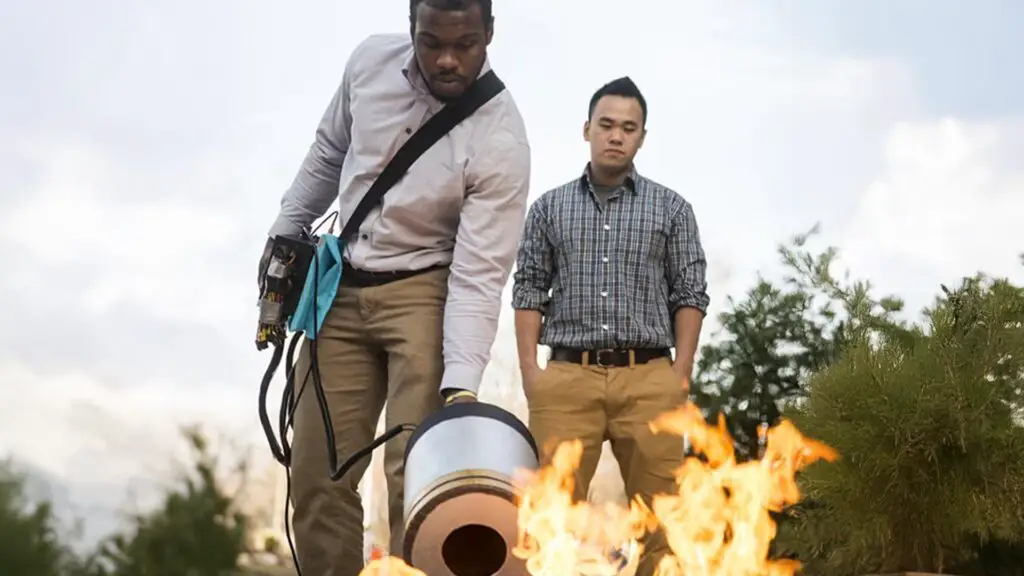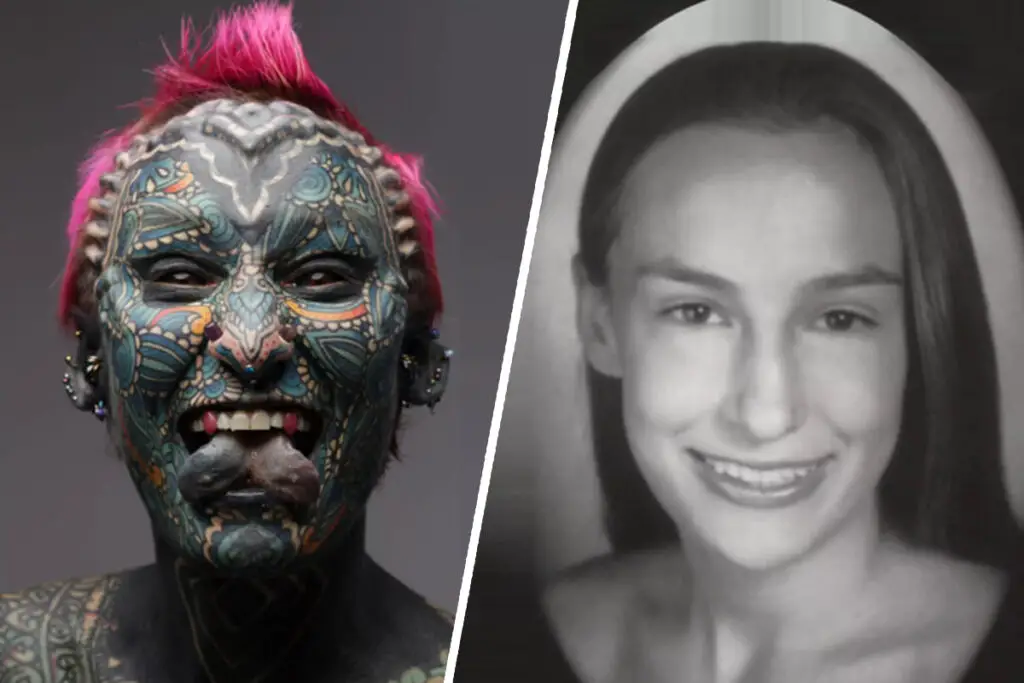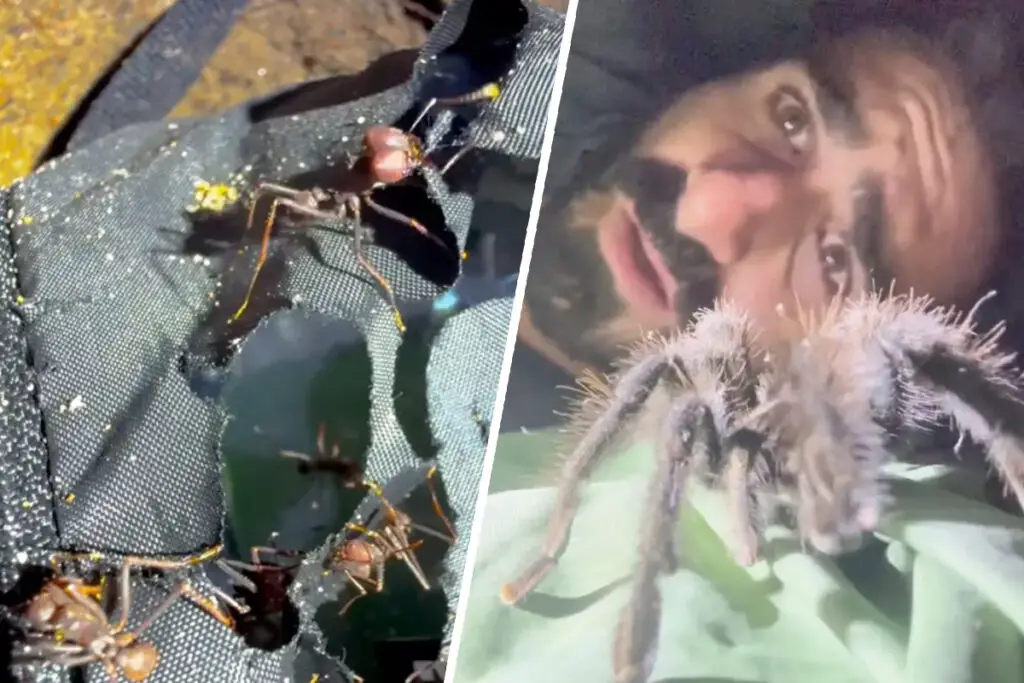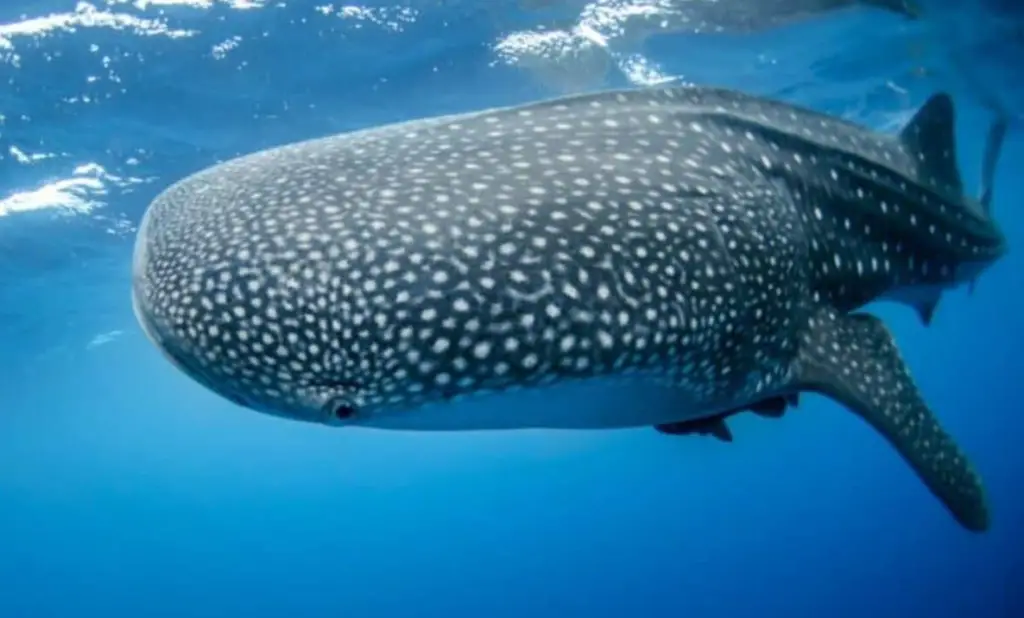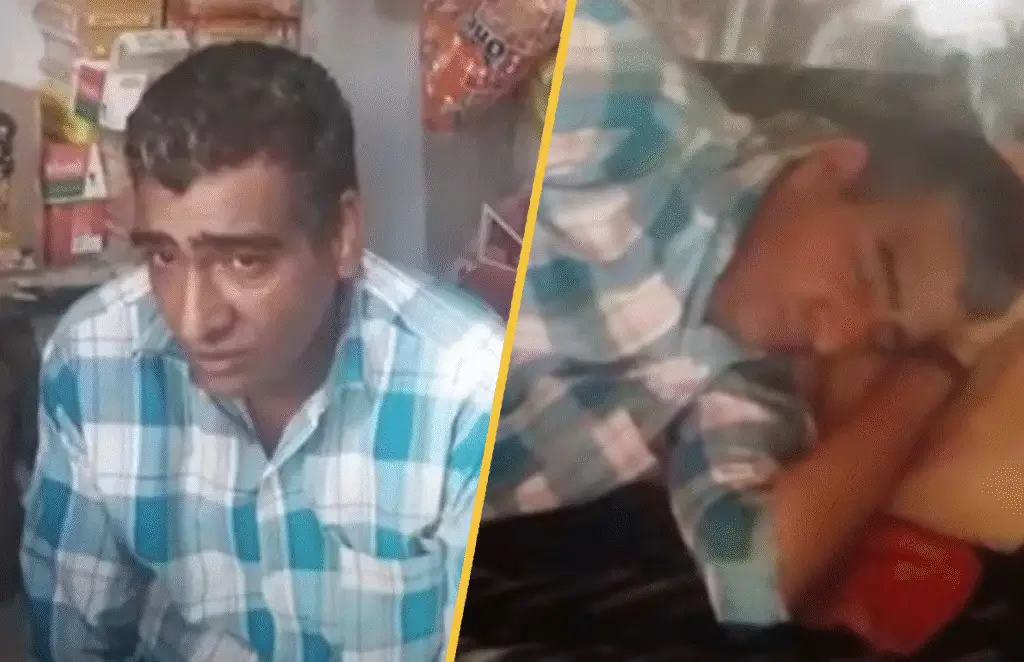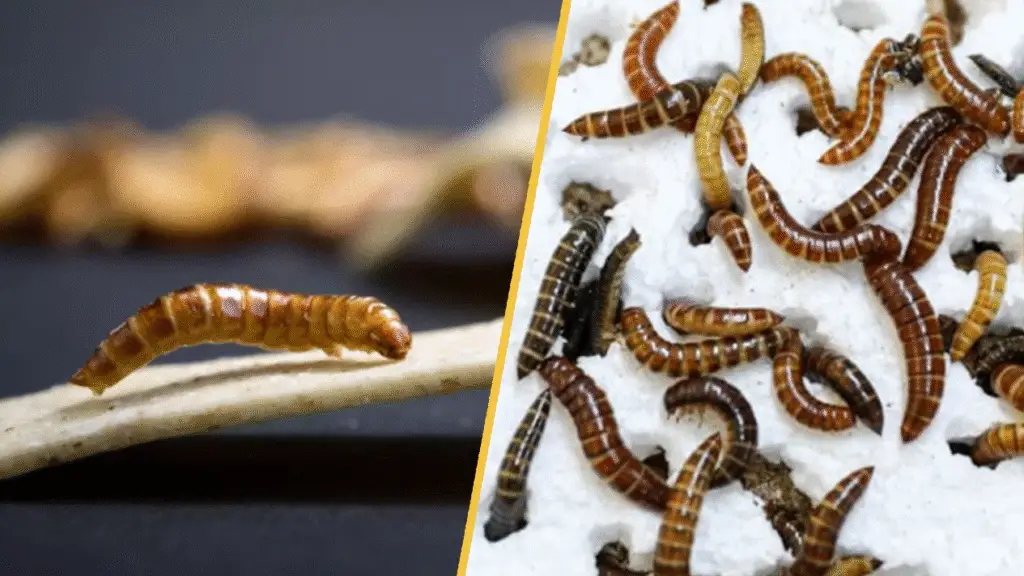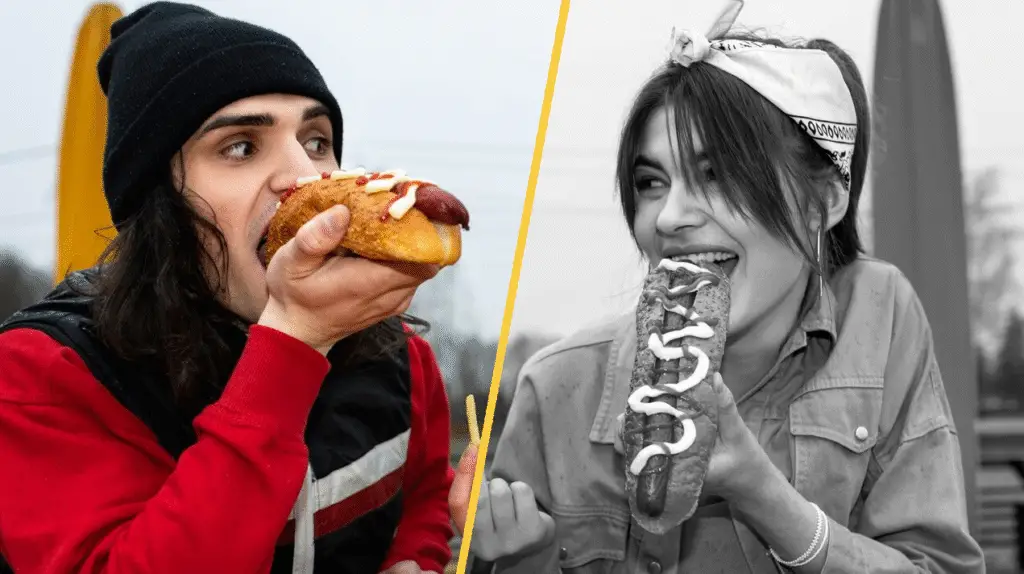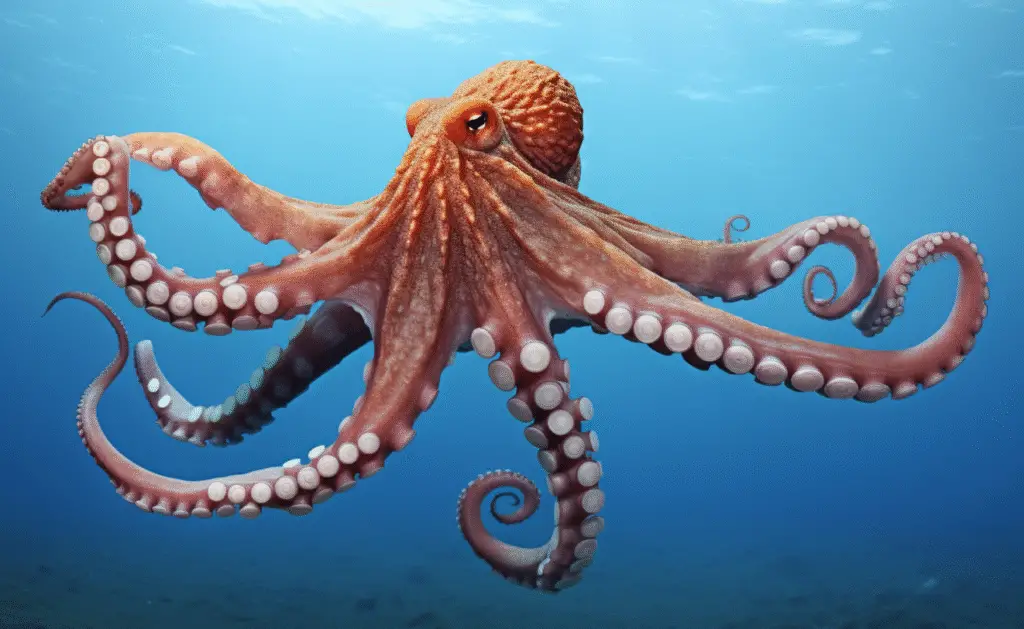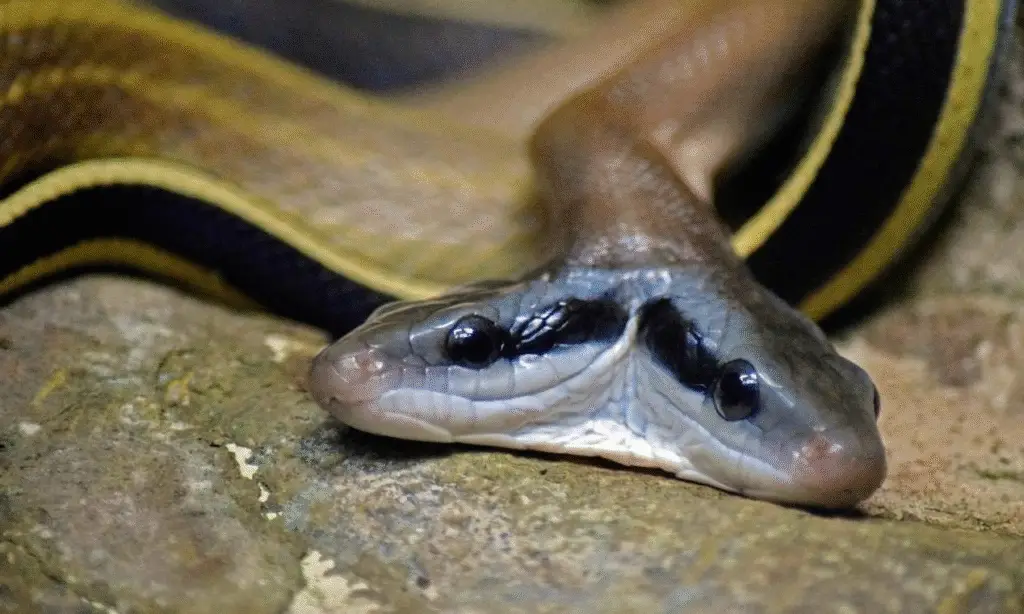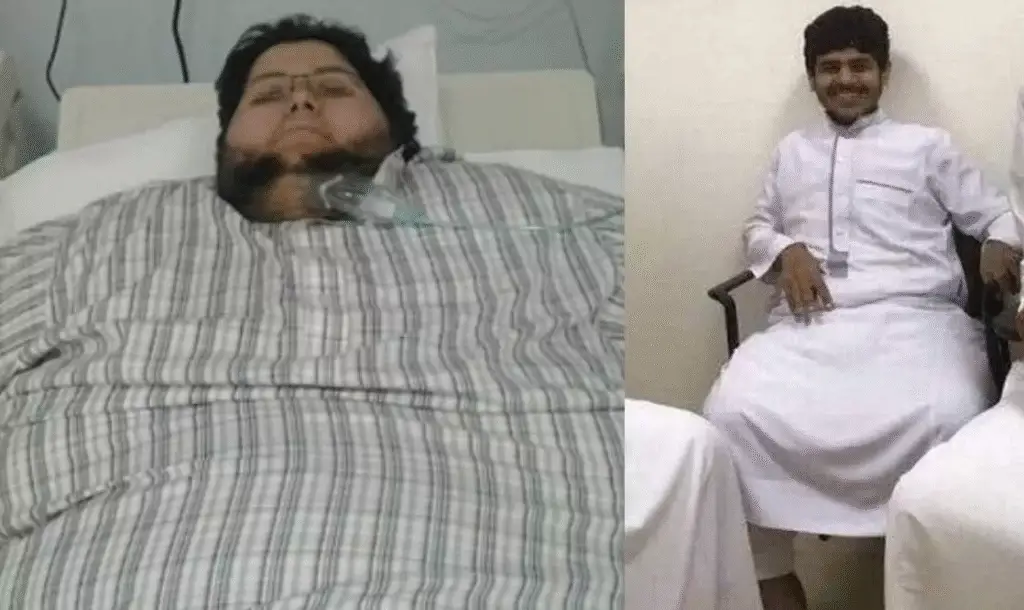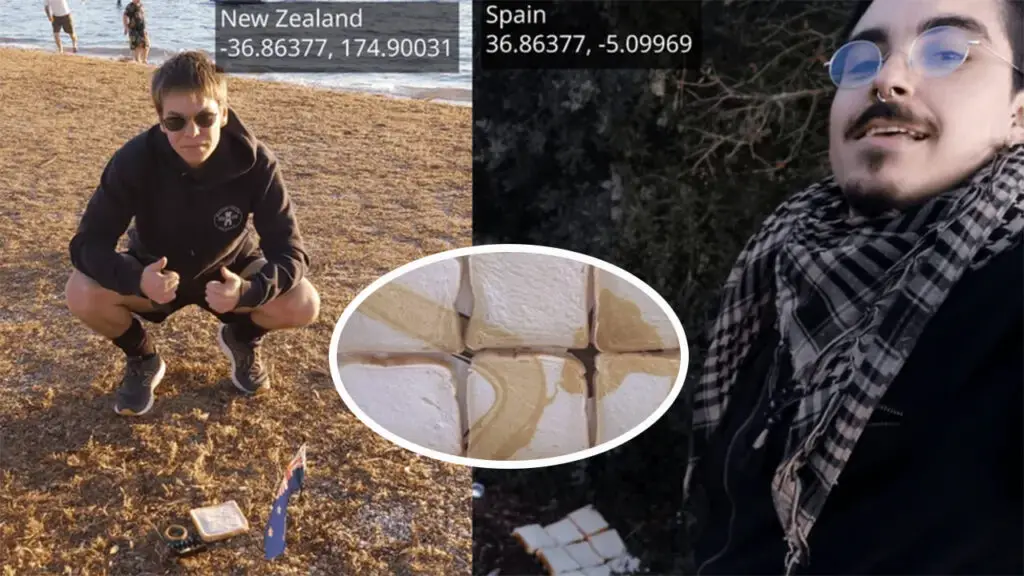Parrot With a Broken Beak Learns to Use Tools to Live

Hey there, folks—get ready for a story that’s equal parts heartwarming and mind-blowing. Meet Bruce, the parrot who’s basically the MacGyver of the bird world.
This isn’t just any parrot; Bruce is a kea, a species of alpine parrot from New Zealand, and he’s got a story that’ll make you rethink everything you know about animal smarts.
A Rough Start for a Remarkable Bird
Back in 2013, Bruce was found as a juvenile in a tough spot. The upper half of his beak was gone, likely snagged in a trap set for rats or other invasive mammals in New Zealand’s wilds.
For a kea, a bird that relies on its long, curved beak for everything from eating to grooming, this was a life-altering injury. But Bruce wasn’t about to give up.
Rescued and taken to the Willowbank Wildlife Reserve in Christchurch, he was nursed back to health, joining a flock of fellow keas in a safe haven.
A Genius at Work
Here’s where things get wild. At the reserve, researchers noticed something extraordinary: Bruce was using small pebbles to preen his feathers.
Now, keas are already known for their brainpower—think dismantling car wiper blades, stealing tourists’ passports, or even occasionally taking a nip at sheep.
But Bruce? He’s on another level. Missing the upper part of his beak, he figured out how to pick up pebbles of just the right size, hold them with his tongue and lower beak, and comb through his plumage to get rid of mites and dirt.
It’s like he invented his own prosthetic beak.
“When we first saw Bruce doing this, we could hardly believe our eyes,” said Amalia Bastos, a Ph.D. student at the University of Auckland’s School of Psychology, who led the study on Bruce.
“Kea do not regularly display tool use in the wild, so to have an individual innovate tool use in response to his disability shows great flexibility in their intelligence,” she told The Guardian.
The Science Behind the Feathers
Bastos and her team watched Bruce for nine days, meticulously documenting his pebble-preening technique.
Their findings, published in the peer-reviewed journal Scientific Reports, confirm that Bruce’s behavior is no fluke.
Videos show him deliberately selecting pebbles, dropping them, and picking them up again to continue grooming.
“This was repeated many times. He drops the pebble, he goes and picks it up. He wants that pebble.
If he’s not preening, he doesn’t pick up a pebble for anything else,” Bastos explained to The New York Times.
Some scientists were initially skeptical, wondering if Bruce’s pebble use was just a happy accident. But the evidence is clear: this is intentional, repeated behavior. “He figured it out on his own,” Bastos added, emphasizing Bruce’s self-taught ingenuity.
More Than Just Preening
Bruce’s adaptability doesn’t stop at grooming. At the reserve, staff provide him with soft foods to make eating easier, but he’s also found a way to tackle harder foods.
“He’ll pick up a piece of carrot and push it against a hard piece of metal or rock and use that to scrape with his lower bill, which again is a feeding behavior we haven’t seen in the other birds,” Bastos noted.
While this isn’t technically tool use, it’s another example of Bruce’s knack for problem-solving.
To make sure Bruce’s behavior was unique, the researchers observed other keas at Willowbank. Some played with sticks or other objects, but none used pebbles for preening. This confirmed that Bruce’s innovation is one-of-a-kind, even among his clever species.
The Kea: New Zealand’s Brainy Bandit
Keas (Nestor notabilis) are no ordinary parrots. They’re the world’s only alpine-dwelling parrots, thriving in the rugged mountains of New Zealand’s South Island.
Known for their curiosity and mischief, they’ve earned the nickname “mountain parrots from hell” for antics like tearing apart car window trim or swiping food from unsuspecting hikers.
But beneath their naughty reputation lies a brain capable of remarkable feats. Bruce’s story adds a new chapter to their legacy, showing just how far their intelligence can take them.
“Keas are able to adapt and flexibly solve new problems as they emerge,” Bastos said in a University of Auckland statement. Bruce, now about nine years old, is living proof of that.
Why Bruce’s Story Matters
Bruce’s pebble-preening isn’t just a cool trick; it’s a game-changer for how we understand animal intelligence.
Tool use is rare in the wild, especially for self-care, and Bruce’s invention of a makeshift prosthetic beak is unprecedented.
It raises big questions about how animals adapt to physical challenges and could spark new research into animal cognition. If a parrot can figure out how to compensate for a missing beak, what else might animals be capable of?
Plus, keas are a protected species in New Zealand, listed as endangered by the Department of Conservation. Stories like Bruce’s shine a light on their incredible intelligence and the need to protect these feathered Einsteins.
A Bird’s-Eye View of Resilience
Watching Bruce in action—carefully selecting pebbles and grooming his feathers like any other kea would with a full beak—is nothing short of inspiring.
His story challenges the idea that a disability defines what’s possible. Instead, it shows that with a bit of creativity and a lot of grit, even a parrot can rewrite the rules.
As Bastos puts it, “They’re able to adapt and flexibly solve new problems as they emerge.” Bruce, with his pebble-preening prowess, is a feathered testament to that truth.

